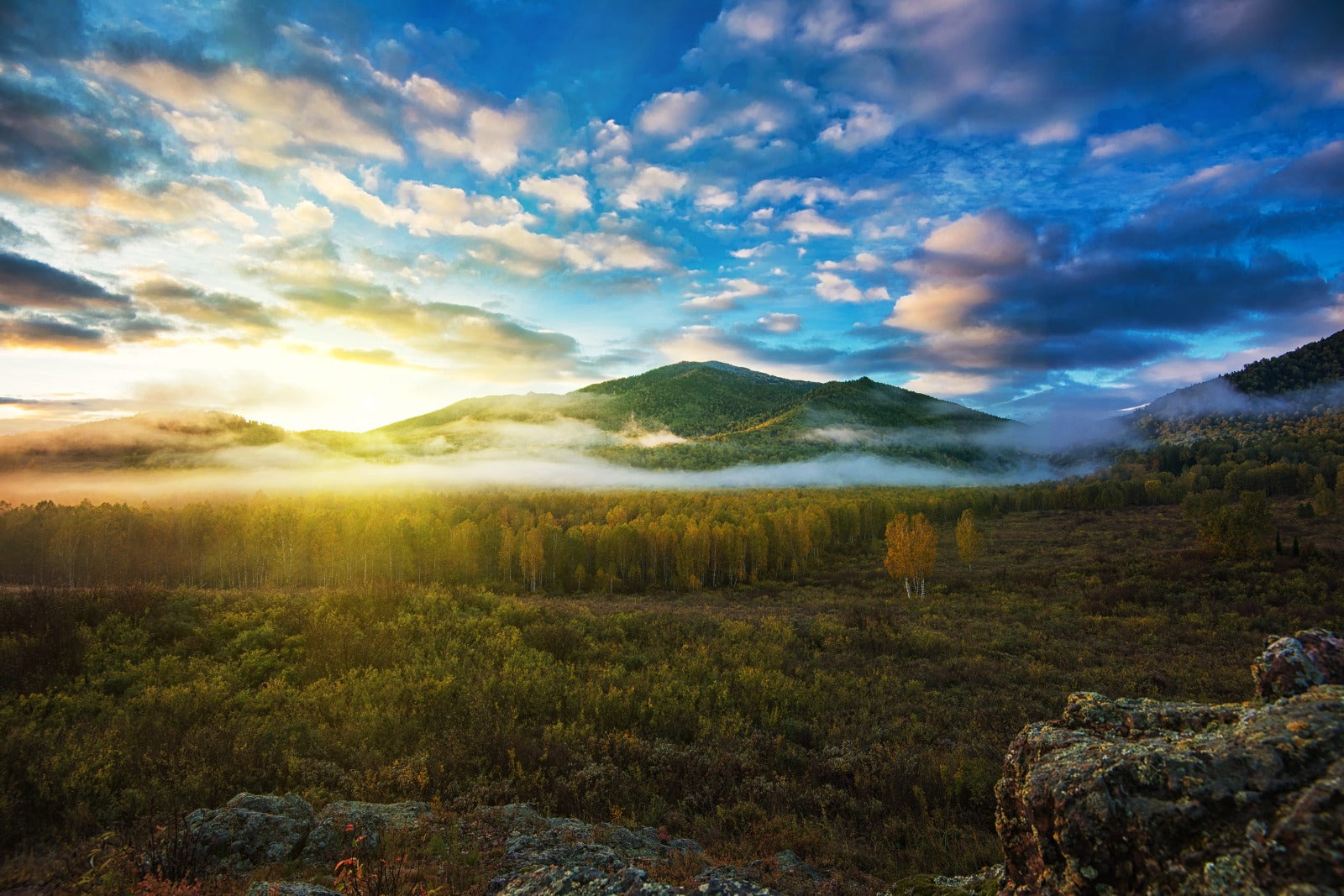Pine nut oil is popular all over the world, especially among people who take care of their health. However, the main place for harvesting pine nuts is the vast Siberian taiga.
Most of the pine woodlands are located on the rocky placers of Eastern Siberia, and mountainous regions of Southern Siberia. In these regions, the harvest of pine nuts is an important business for locals; since the seeds of Siberian pine are a valuable product with unique healing properties.
How are pine cones harvested in Siberia?
Harvesting nuts is a time-consuming and multi-stage process. Therefore, several people participate in the cone gathering. Straying into teams, local people go to the forest for weeks. Pine nut harvesters set up a camp or build temporary housing in a remote forest to arrange a place for storing, peeling, and sifting the collected pine cones.
In search of fertile trees, sometimes people have to walk long distances, follow the tracks of wild animals. After all, it is the animals that feel better where the pine nut trees are located.
Siberian pine cones are collected in several ways:
Collecting fallen cones from the ground.
This method is the most eco-friendly since the cone harvesters do not harm nature in any way. However, the manual harvesting of pine nut cones from the ground has one significant drawback - most cones can be dragged away by wild animals. In addition, the fall of cones from the tree does not occur evenly and harvesters have to spend a lot of time collecting them.
Using a special hammer.
A popular method of collecting pine cones is the use of a specialized tool: a kolot. It is a very large log hammer. The length of its handle can reach 2 m, and the weight is up to 100 kg (on average 20-70 kg). A heavier hammer should not be used. It can severely damage the wood coating and lead to the death of the tree.
The hammer is placed with the handle on the ground at a distance of up to 50 cm from the tree. Then the firing pin is pulled away and the lower part of the pine tree trunk is struck with a sharp hit. As a result, ripe cones fall from the tree in hail, which is very convenient for further harvest.
Manually: the harvester climbs the tree.
The harvester climbs up the trunk of a tree and with the help of a long pointed rod with a hook, hits the branches, knocking down pine cones. They also knock cones off branches with special long, flexible poles. This method is dangerous and less effective. The fallen pine cones are picked up and put in a bucket.
Climbing a tree with special shoes.
When pine tree branches are located too high from the ground, and it is not possible to climb on your own, Siberian "claws" and a ladder come into play.
“Claws” are special shoes with spikes that make it easy to climb a tree. At the same time, with a rope, the tree is wrapped around in such a way that a person can be in the same plane with the tree trunk. This allows not only one to climb up more efficiently but also provides additional insurance – the climber will not be able to simply "fall away" from the pine tree.
What do they do with the collected pine cones?
They take the cones to the camp and the harvested crop is processed through a special drum, grater or a similar device that has a roller and bunch of teeth. The pine cones are crushed and peel off. After that, they are sifted through a sieve and slightly dried. The pine cones are crushed and peel off. After that, they are sifted through a sieve and slightly dried.
The dryer machine is made of a wooden frame. An iron cloth with small holes is attached on top. Peeled pine nuts are poured onto the wooden sheet. A weak fire is maintained in the inner part of the log house. Nuts are dried, stirring constantly. Overheated nuts lose their useful properties, so it is best to dry the crop in the sun.





Leave a comment (all fields required)